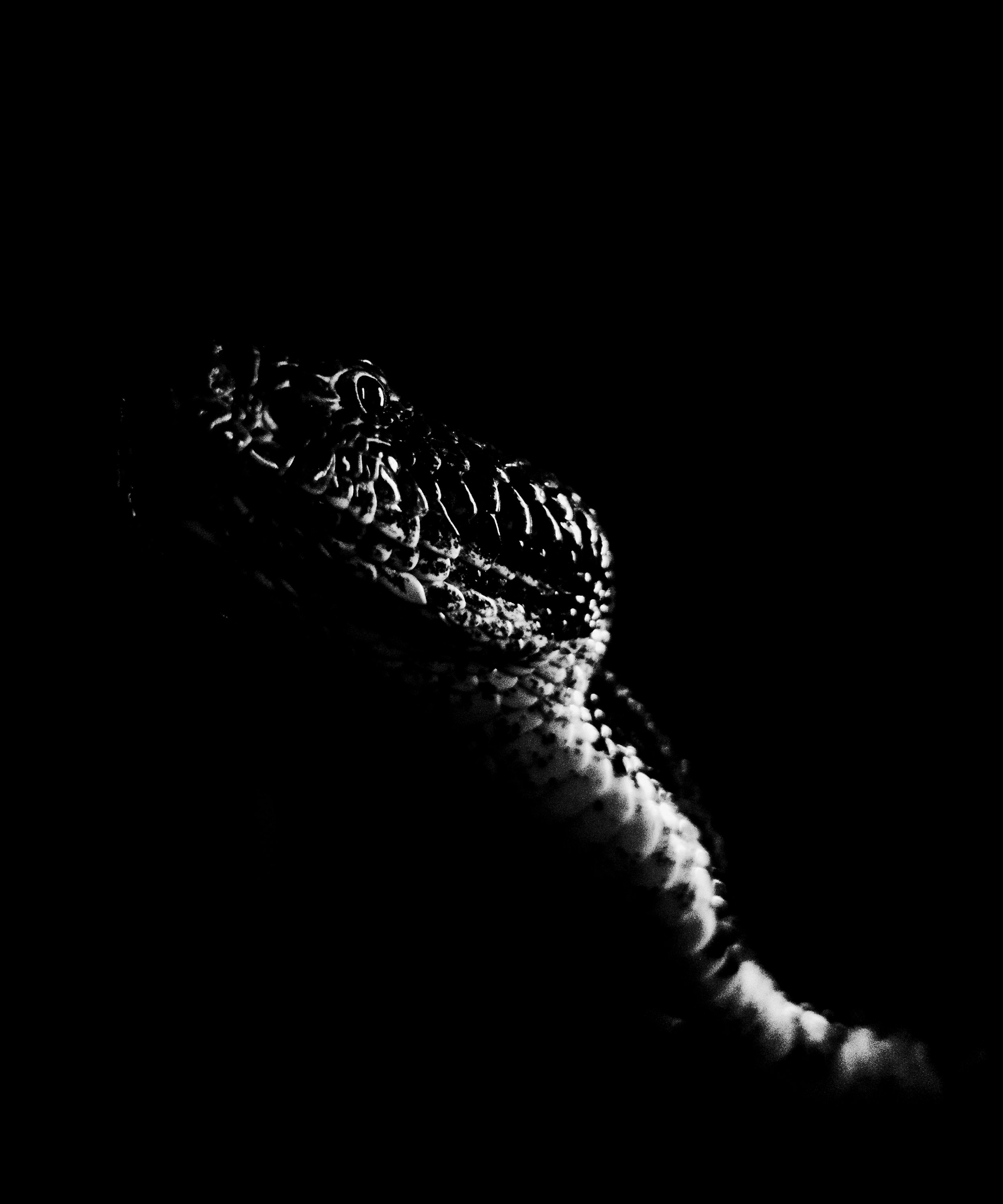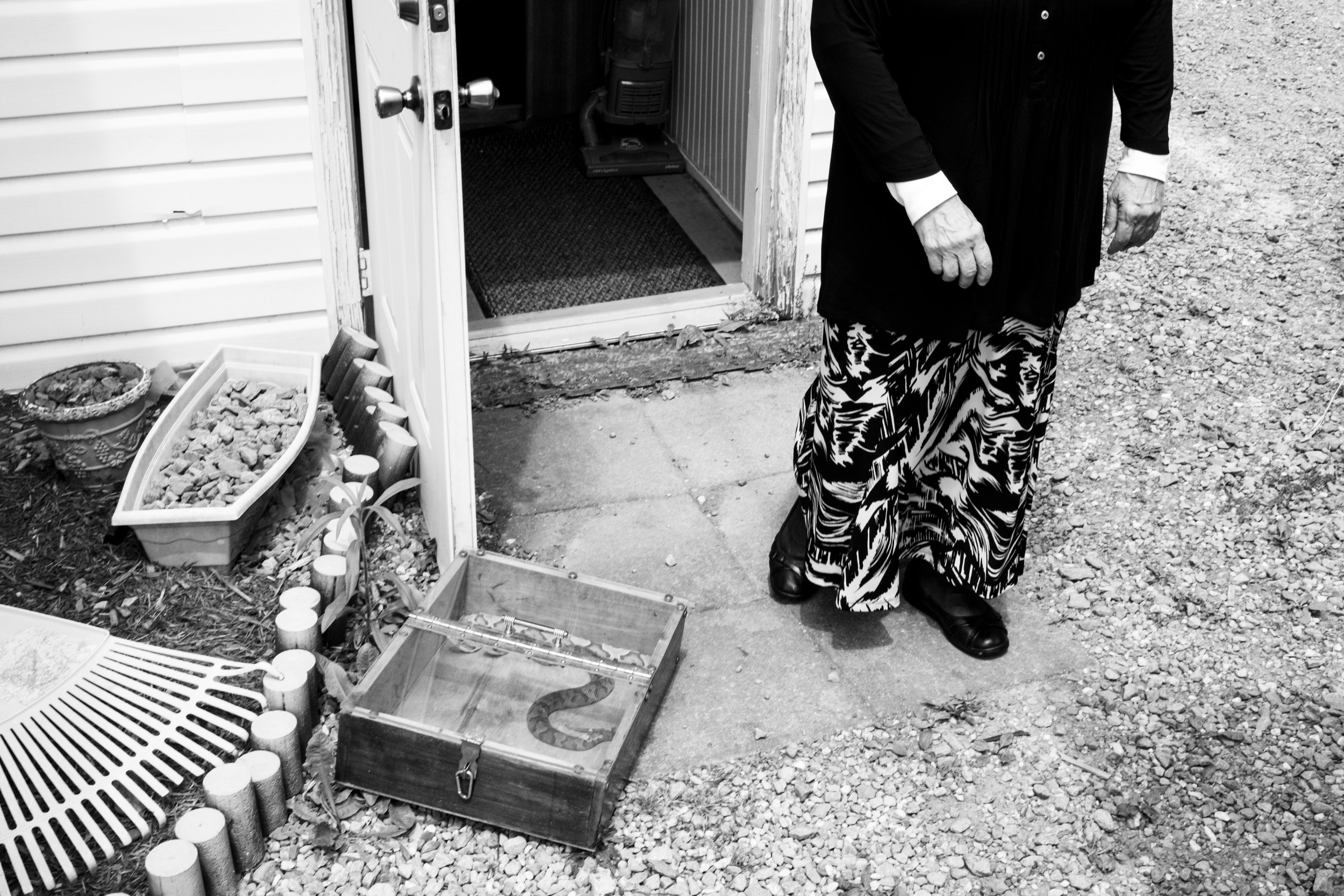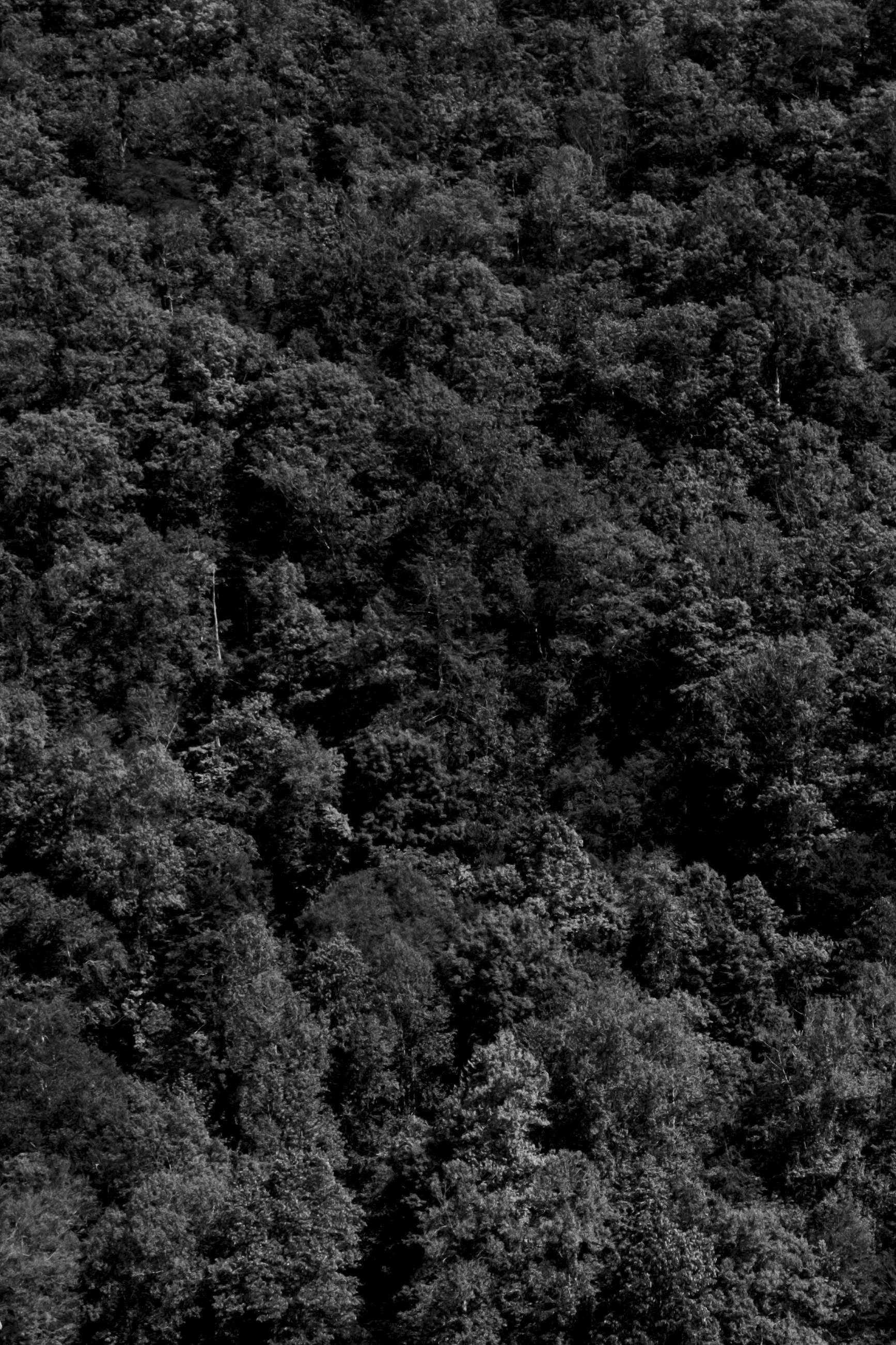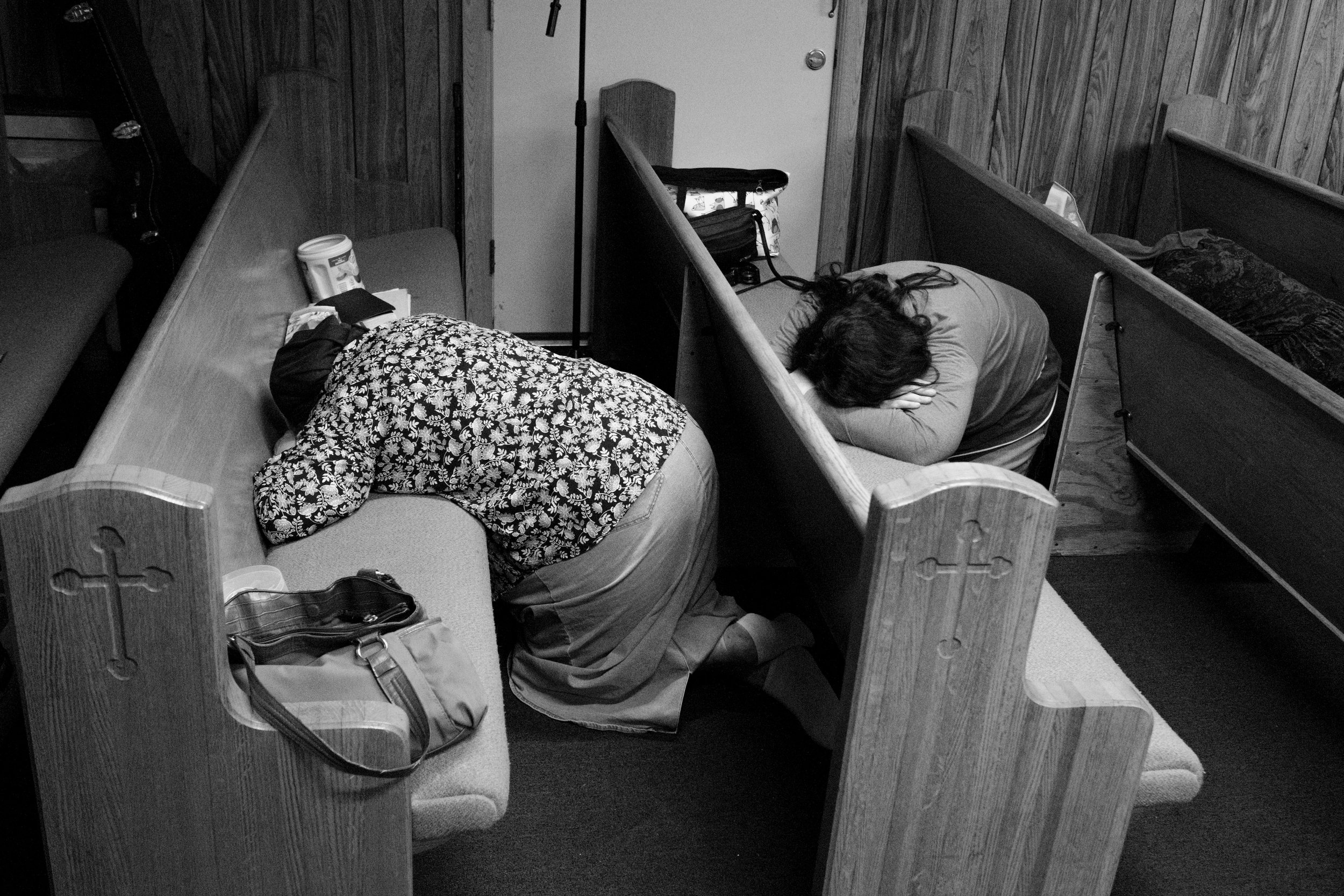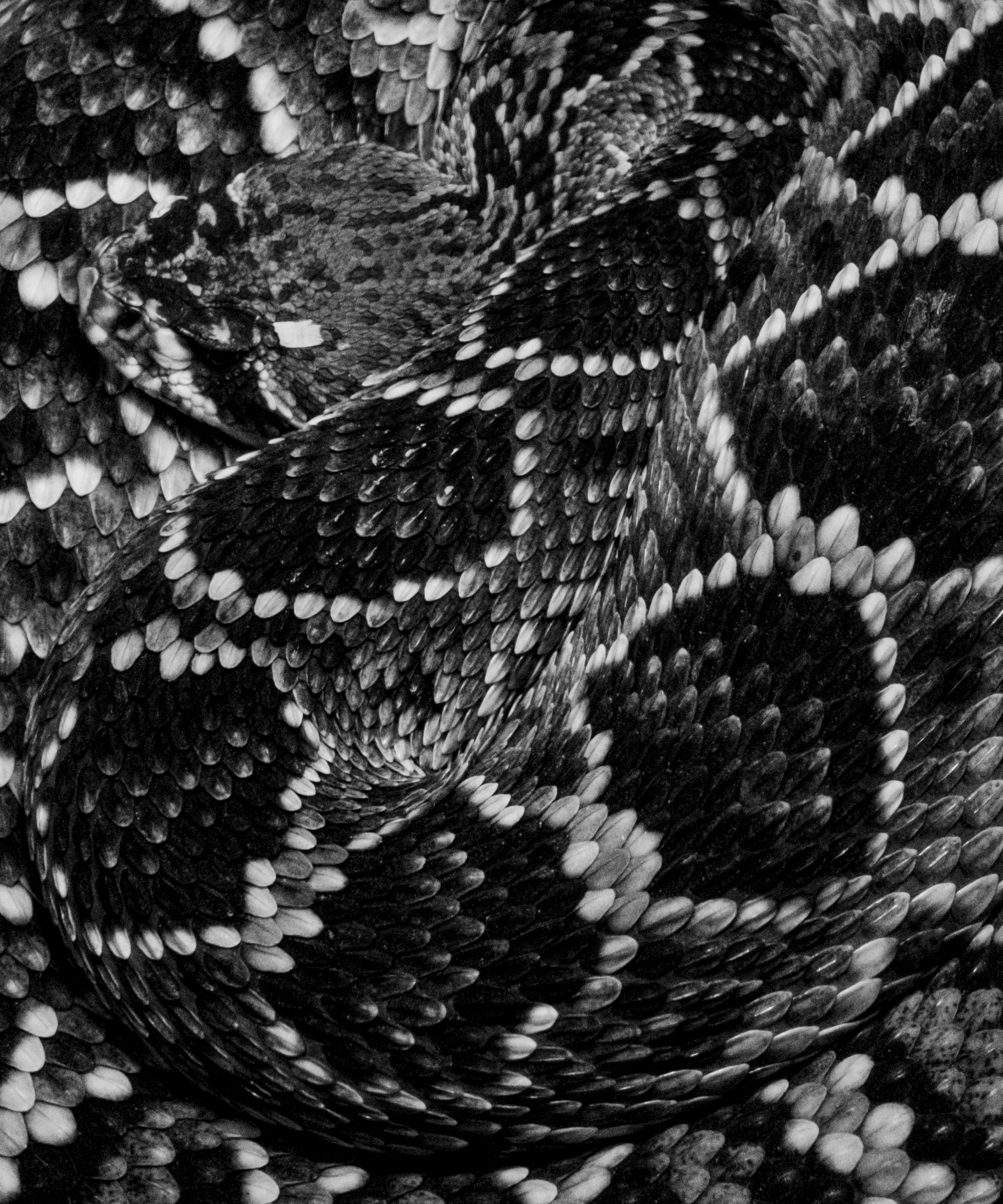GLORYLAND: Unveiling the Mystique of Serpent Handling in Appalachia
Welcome to this edition of [book spotlight]. Today, we uncover the layers of 'GLORYLAND,' by Robert LeBlanc (published by Setanta Books). We'd love to read your comments below about these insights and ideas behind the artist's work.
In the heart of West Virginia's rugged landscape lies a community shrouded in the mystique of ancient rituals and unwavering faith. Robert LeBlanc, in his illuminating journey, delves into the enigmatic world of serpent-handling churches, a tradition that continues to hold sway over a devoted few. His project, 'GLORYLAND,' not only captures the raw, spiritual intensity of this unique practice but also offers a rare glimpse into a way of life on the brink of extinction. Through LeBlanc's lens, we explore the delicate balance between cultural preservation and modern skepticism, challenging our perceptions of faith, danger, and the human need for belonging.
Introduction to Your Work: Can you describe the moment or experience that led you to start documenting the serpent-handling churches of West Virginia? What drew you specifically to this community?
I was working on another book about America as a whole, and one of my goals was to photograph a community that represented old America. I knew some of these churches still existed, but I had to try to find them. After two churches did not work out, I met Chris and his congregation. We talked for months before I was invited up, and after that first visit, it's been history ever since. I think I've spent about seven years with them now.
Editor's Note:"The House of The Lord Jesus" in West Virginia is recognized as the last snake-handling church in the state. This unique religious practice, part of the Pentecostal Signs denomination, involves handling serpents and sometimes ingesting poisons as a testament to faith, based on a literal interpretation of biblical scripture from the Gospel of Mark. This tradition, deeply rooted in the region's history and culture, represents a significant aspect of religious expression for its practitioners, despite being one of the few remaining places where such rituals are still observed.
Creative Process: How do you approach the sensitive balance between being an observer and participating in a close-knit and private community? Can you share some insights into your process of gaining trust and access?
I think time will help with many of the hurdles photographers encounter, especially in documentary work. The more time you spend, the more personal your images can be, and the more you know your world and the story that needs to be told. Being upfront with your intentions is a huge thing; honesty builds trust. Following through on your word is also very important; don't promise something you can't deliver on.
Visual Style: Your work has a distinctive aesthetic. Can you discuss how your background and personal style influence how you capture these profoundly spiritual and intense moments?
The years I spent skateboarding made me see the world through a skateboarder's eyes. I apply that same creative spirit to my photography. Photographers like Robert Frank, Alex Webb, Eugene Richards, and Sam Abell were my significant influences. Studying these masters helped me better understand composition and deep storytelling.
Cultural Representation: Your work offers a glimpse into a rare world of old mystic religious America. How do you navigate the fine line between documentation and the potential for cultural sensationalism
I've never found it a fine line because I've always approached stories, including GLORYLAND, with curiosity and wonder. I'm excited and grateful to be there. This church has blessed me by allowing me into their universe, and they trust me to be responsible for representing them through my work. I approach anyone or anything with an honest, open, and non judgmental perspective. In that case, you'll learn a lot, and in the end, if you don't agree on something, it's OK because you have each other's respect, which is all we can ask for.
Community Impact: What reactions have you received from the community you document in GLORYLAND and from the wider public? How do you hope your work impacts viewers' perceptions of this community
The church members loved it, and when I surprised them with the book, they were delighted. They know that their community is on the edge of extinction and appreciate the historical value of documenting their activities. I've also been delighted by the public's interest in this community and love seeing viewers wanting to learn more. I tell everyone the best way to experience this world is to go to the church; they are open to anyone coming as long as you are respectful.
Reflections on Religion and Culture: Your photographs open a window into a unique aspect of American religious practice. How do you believe this reflects the broader cultural and spiritual landscapes of Appalachia and the Southern United States?
I think it represents a community that has been abused and forgotten about, and I believe there are many of those communities throughout America. God can give people faith through hard times. Holiness or signs following churches (Serpent Handling) are such a small niche world when you look at the large spiritual landscape of America. But suffering and poverty create a perfect environment for religion, and that applies to any style of religion that's practiced.
Impact Expectations: What impact do you hope your work will have within the communities you document and among your wider audience? How do you measure the success of your projects in terms of cultural or social understanding?
For me, it's the ability to capture a community that's on the brink of extinction. This body of work will likely have a lot of historical value. I've already seen the interest spark with institutions, and the GLORYLAND book was recently added to the Getty Museum's Research Institute Library. Just knowing that this work will be forever researchable through the Getty Museum is more than I could have ever asked for. I also judged how the community reacted to this work, and they all seemed very pleased. Honestly, that's my only big concern, so as long as they feel as if they were represented in the correct way, I did my job.
Future Projects: Are there new themes or regions you want to explore in your future projects? How do you see your work evolving in response to current socio-political climates?
I always try my best to focus on subjects with historical value in some way, if possible. For the next 15 months, I'm 100% focused on the Presidential Election. I think this will be a wild year in politics and a year that will go down into the history books. As long as I'm growing and calling myself consistently as a photographer, I can continue diving deep into a place that makes most of us uncomfortable.
To discover more about this intriguing body of work and how you can acquire your own copy, you can find and purchase the book here.
More photobooks?





